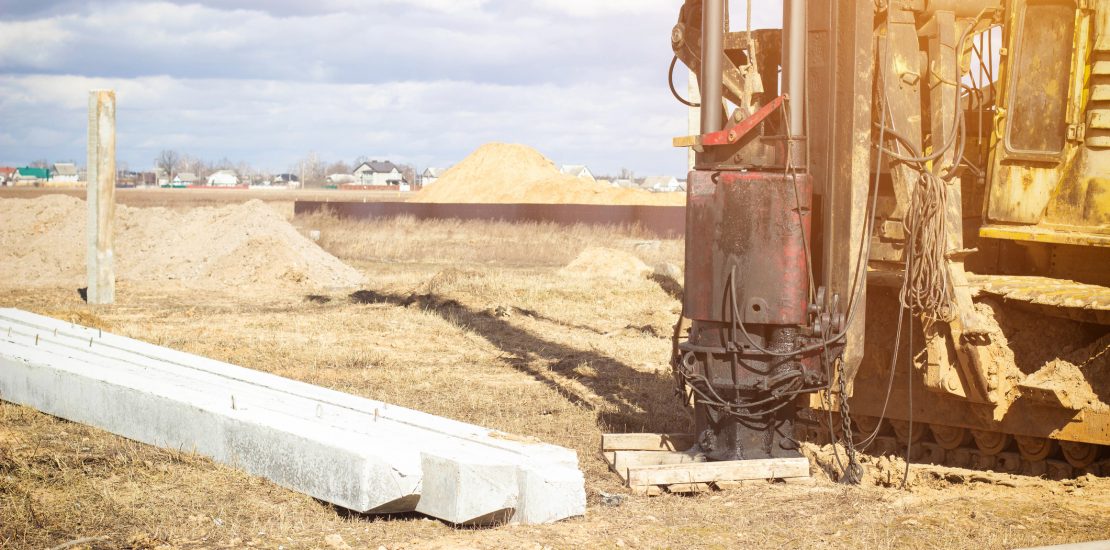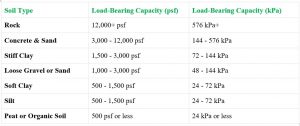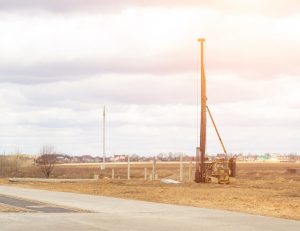Understanding Load Bearing Capacity During Construction
- October 19, 2023
- Posted by: Velosi Author
- Categories: Civil, Insights

Introduction
Load Bearing Capacity is the ultimate strength of the soil beneath a structural monument to carry a certain weight limit before failure occurs. In the context of infrastructure development, it plays a vital role in civil engineering and construction. However, why does this load bearing capacity matter to an extent in any petroleum industry development plan?
A domestic building may have an imposed weight of 1.5 kN/m2 (153 kg/m2), while a heavy industrial area may have an imposed weight of approximately 10 kN/m2 (1053 kg/m2). Therefore, it is essential to calculate the right plans for the soil density, strength, and slight movements for making durable buildings.
Importance of Soil–Load Bearing Ability for Construction
Soil composition, Moisture, and surface alignments are significant factors that contribute greatly to measuring soil strength. This is a tactical step experts use prior to the construction of any new structure such as high-rise buildings, production plants, etc. in new areas or on unknown soils.in new areas.
Different types of soils and their load-supporting limit in both Pascal and Kilo Pascals would help you figure out their extensions and limitations.
How do you calculate the load-bearing capacity of a building?

The following five steps can assist in calculating the load-bearing capacity of a building
- Familiarize yourself with the conditions of the construction site. Discover how factors like wind or loads can shift the momentum of working from dynamic to static situations.
- Look for the material’s compressive strength, tensile strength, and shear strength. This allows you to find the best steel or other products for easy and hard construction purposes.
- Conduct a geotechnical investigation to determine the soil’s load-bearing capacity. Soil tests, such as the Standard Penetration Test (SPT) or Cone Penetration Test (CPT), can provide valuable data.
- Calculate the maximum stress that your materials and the soil can bear easily. Understand the weight distribution. Like how is it uniformly distributed or concentrated at specific points?
- Take a review of experts and make final calculations. These calculations are done by the geotechnical engineer and reviewed according to the material specification of a building by a structural engineer.
What is Structural Bearing Capacity?
The structural bearing capacity refers to the weight limit any grounded element such as a foundation, column, or beam can bear without deforming or excessive settlement. Here geotechnical conditions like soil type or density come into significance.
Five types of foundation elements and what weight can they bear for maintaining a proper safe environment before and after building a structure.
- Spread Footing:
It’s used for smaller buildings with few floors and massive grounds. You can count its weight-bearing ability between 2,000 – 5,000 psf -approximate.
- Mat (Raft) Foundation:
It Distributes load over a larger area; load capacity varies with design and soil. Moreover, it is pretty decent in terms of weight distribution approximately between 2,500 – 6,000 psf.
- Piles:
These are driven into the soil to maintain a proper balance pile by pile depending on the type of soil and weight of construction materials. Such piles can easily bear loads of 10,000 – 50,000 psf approximately and support structures in the best way possible.
- Piers:
These Larger diameter piles are preferred for heavy vertical loads, like in bridge construction. They don’t have a specific weight-carrying capacity for construction in the oil and gas industry as they vary by design and site-specific factors.
- Caissons:
Such foundations are used in challenging soil conditions and support very heavy loads. Its amazing load capacity can easily bear weights of approximately 50,000 – 150,000 psf. Its significance makes them a choice on this list.

Conclusion
To conclude, understanding load-bearing capacity is essential for safe and reliable construction. By carefully considering the load-bearing capacity of the soil and the weight of the proposed structure, design foundations can be set to support the load and prevent settlement or failure.
As mentioned above, load-bearing capacity can be affected by a variety of factors, including the type of soil, its moisture content, and the presence of any underlying rock or strata. It is important to conduct a thorough soil investigation before beginning any construction project to determine the load-bearing capacity of the soil at the site.
Please contact us for more information and assistance.



